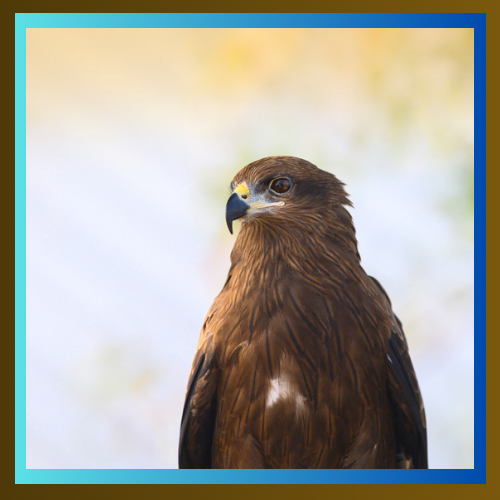
Known for its presence and clever hunting techniques the black kite (milvus migrans) is a bird of prey. What sets this bird apart is its use of fire to flush out prey, a behavior that has sparked awe and debate in the animal world. This piece explores the captivating life of the kite focusing on its connection, with fire.
A Traveller Across Continents: Where They Roam
Black kites are among the raptors found in regions spanning Europe, Asia, Africa and Australia. Their knack for adapting to landscapes – be it bustling settings or untamed forests – showcases their versatility as hunters. Observers often spot them soaring gracefully above cities scavenging amidst waste sites or hunting in fields.
Physical Distinctive Features
With a build ranging from 55 to 60 centimeters in length and a wingspan of about 140 to 150 centimeters black kites sport dark brown plumage that can appear almost ebony, from afar. Their forked tails add to their appearance while their elegant flight patterns make them easily distinguishable.
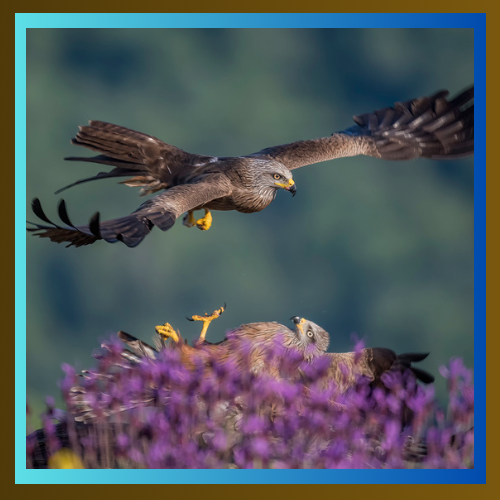
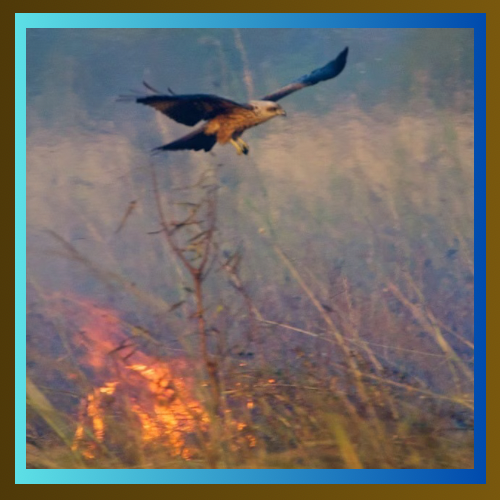
The Fire Using Hunters
A fascinating and distinctive trait of kites is their reported use of fire, for hunting purposes. Indigenous communities and wildlife observers in Australia have shared stories about how black kites spread fire. According to these accounts the birds pick up burning sticks and embers from wildfires or human caused fires. Release them into areas. This behavior is believed to drive out prey, such as insects, small mammals and reptiles from hiding places making them easier targets for the kites.
Observational Proof
The idea of birds spreading fire may seem like a tale passed down through generations. There is growing evidence and observational accounts supporting this phenomenon. Indigenous Australians, those, from Northern Australia have passed down knowledge of kites fire spreading tactics for ages. Recent scientific interest has led to observations and documentation of this behavior.
In 2016 a study published in the “Journal of Ethnobiology” presented some of the evidence so far. Researchers recorded instances of raptors including kites, carrying burning sticks and dropping them to propagate fire. These observations occurred during controlled burns and natural wildfires validating the wisdom.
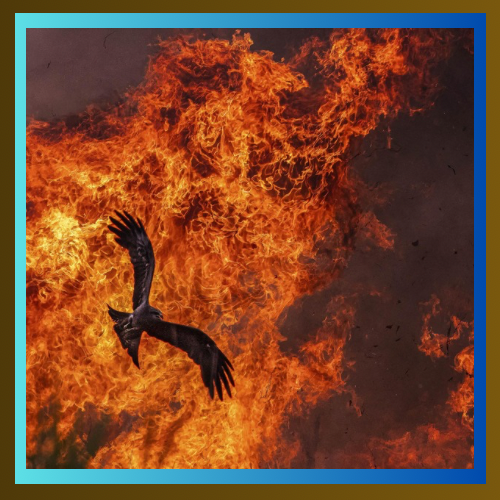
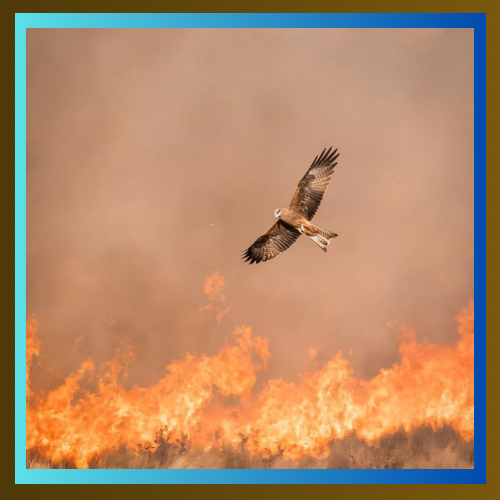
Why Do Black Kites Use Fire?
The clever use of fire, by kites as a hunting strategy highlights their intelligence and adaptability. By employing fire they startle prey out of hiding making them easier targets for predation. This not simplifies the hunting process for kites but also increases the availability of prey in their surroundings. Such behavior reveals the birds instincts and its knack for making the most of environmental circumstances.
Exceptional Flyers: Behavior and Hunting Skills
In addition to their utilization of fire black kites exhibit flying abilities and hunting techniques. They employ tactics, such as soaring high to locate prey or executing aerial maneuvers to capture it. Their diet is broad encompassing mammals, birds, insects and carrion underscoring their feeding preferences.
Nesting Habits
The breeding patterns of kites vary depending on their location. In regions breeding typically occurs during spring and summer seasons while in areas it aligns with the wet season. Black kites construct nests in trees or cliffs using sticks and twigs. Both parents play roles in nurturing the offspring, from incubation through feeding until they’re ready to take flight.
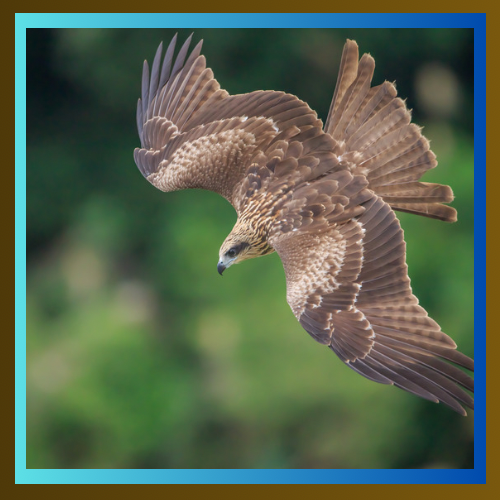
Social Behavior and Communication
Black kites exhibit a nature often forming loose colonies or groups—especially noticeable during migration periods.
Black kites use vocalizations, like whistles and screeches to communicate for purposes such as marking territory attracting mates and coordinating with kites.
The Importance of Black Kites in Ecosystems
Black kites play a role within their ecosystems. Acting as scavengers they help maintain cleanliness by consuming carrion and waste thus aiding in disease prevention. Furthermore, their presence aids in controlling pest populations by preying on rodents and insects.
Challenges and Conservation Status
Despite their ability to adapt black kites encounter threats including habitat destruction, pollution and persecution. In regions farmers mistakenly target them due to the misconception that they pose a threat to livestock. Moreover consuming toxins from areas or discarded food can have consequences on their health.
Conservation efforts aimed at protecting kites involve preserving habitats reducing pollution levels and educating the public about their significance. Many countries have established safeguards for kites recognizing their crucial role in maintaining balanced ecosystems.
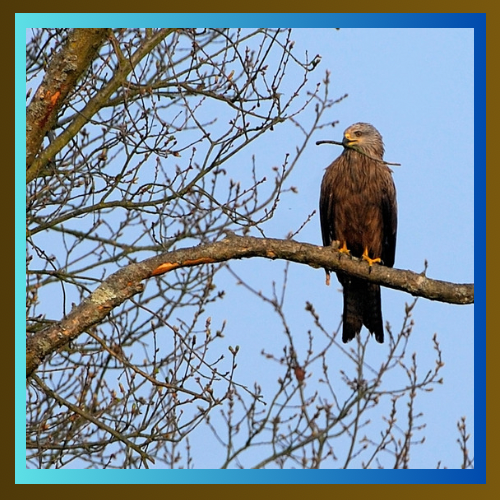
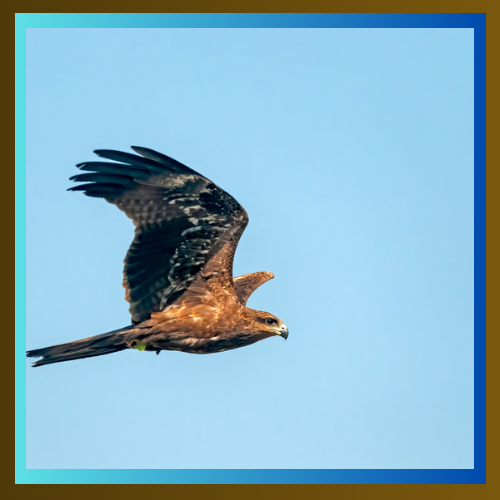
Significance in Culture and Interactions with Humans
Black kites hold cultural importance across different societies. Some view them as symbols of strength and freedom while others associate them with omens or folklore. Their close proximity, to settlements has resulted in interactions; some people appreciate their presence while others consider them bothersome nuisances.
In closing
The black kite stands as a symbol of natures cleverness and durability. Its skillful use of fire, for hunting highlights its smarts and flexibility. By observing and valuing the kite we acquire understandings of the intricate behaviors and survival tactics seen in the wild.
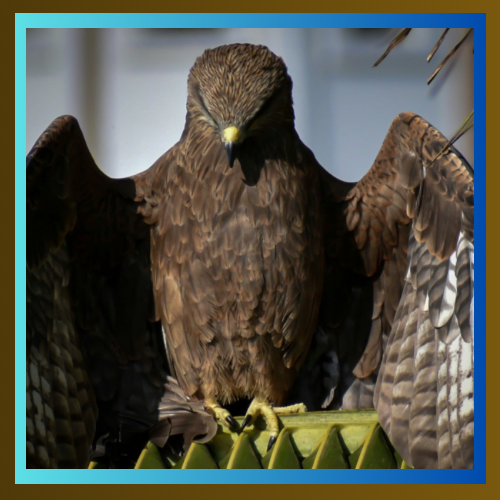
References
1. BirdLife International. http://datazone.birdlife.org/species/factsheet/black-kite-milvus-migrans
2. Cornell Lab of Ornithology – All About Birds. https://ebird.org/species/blakit1
3. Intentional Fire-Spreading by “Firehawk”. https://bioone.org/journals/journal-of-ethnobiology/volume-37/issue-4/0278-0771-37.4.700/Intentional-Fire-Spreading-by-Firehawk-Raptors-in-Northern-Australia/10.2993/0278-0771-37.4.700.full
4. National Geographic. https://www.nationalgeographic.com/animals/article/wildfires-birds-animals-australia


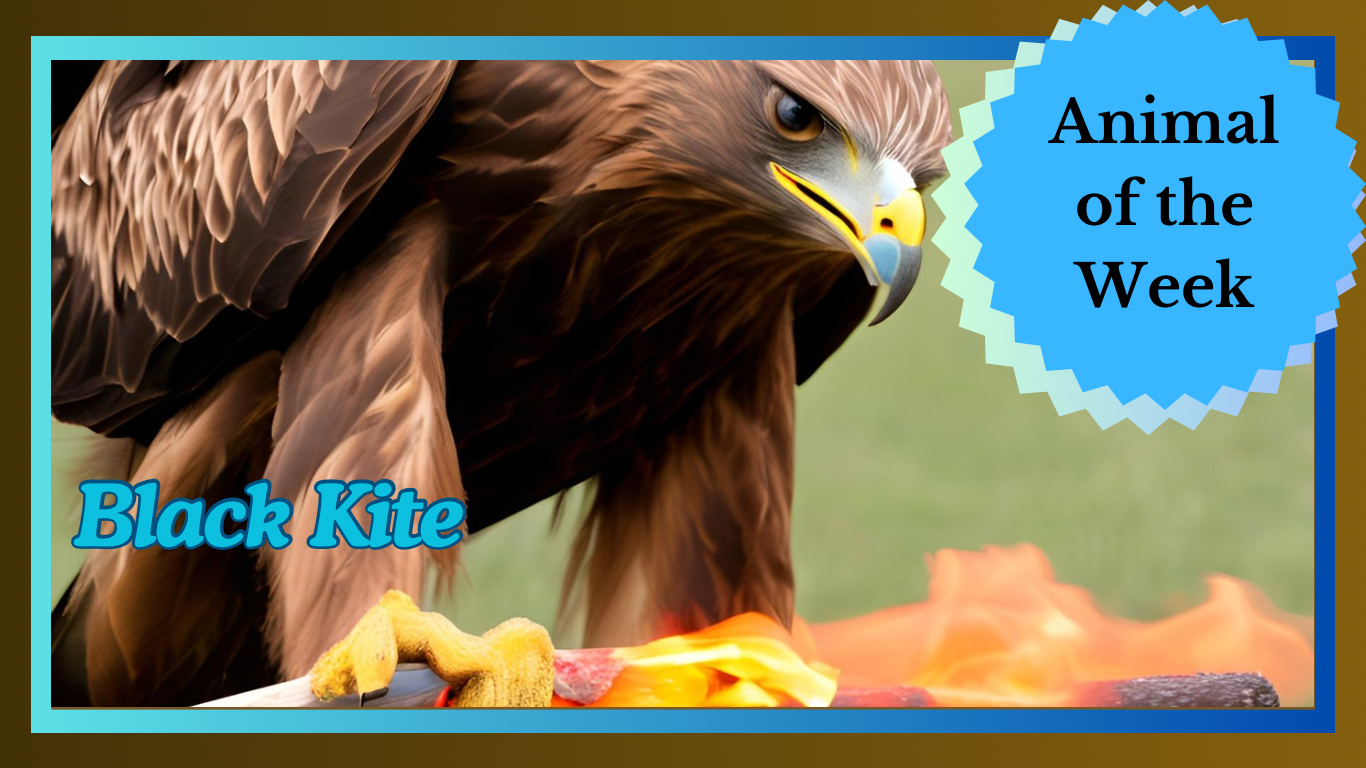


Thanks for sharing. I read many of your blog posts, cool, your blog is very good.
Thanks for sharing. I read many of your blog posts, cool, your blog is very good.
Thanks for sharing. I read many of your blog posts, cool, your blog is very good.
Thanks for sharing. I read many of your blog posts, cool, your blog is very good.